
To the casual observer rugby league and rugby union are the same sport with one side trying to cross the line to score and the other side trying to stop them by tackling them. However, there are some subtle differences between the two sports which greatly impact the way the two codes are played.
What Is The Difference Between Rugby League And Rugby Union? Rugby league only has 13 players while union has 15. Scrums are uncontested in league and there are no lineouts. There are a set number of attacking possessions in league (6 tackles) while in union possession is unlimited. In league tries are worth 4 points and penalties worth 2 while in union tries are worth 5 points and penalties 3.
How Many Players Are There In Rugby League And Rugby Union?
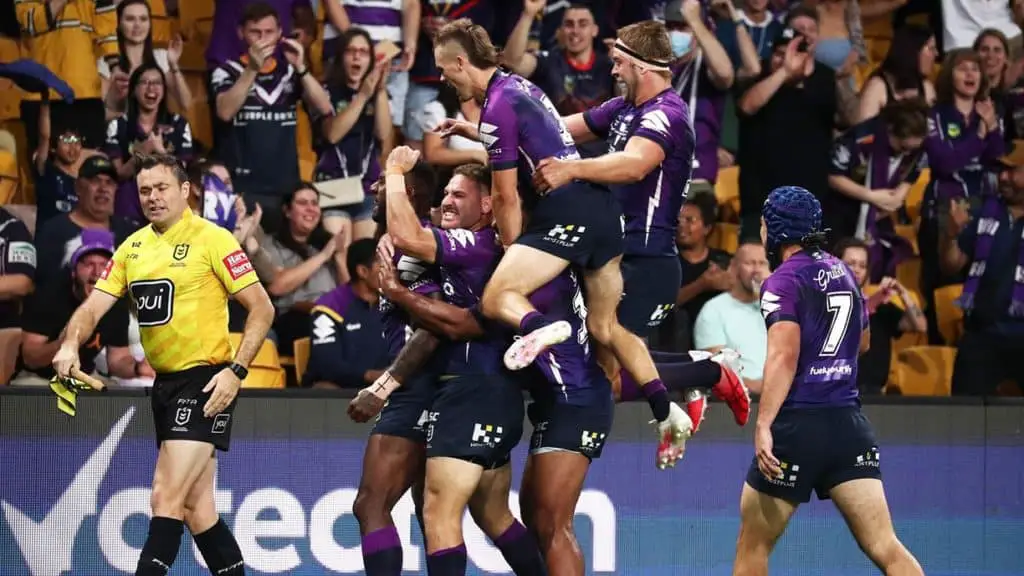
In rugby league there are 13 players while in rugby union there are 15 players. Union has 2 extra positions known as flankers (openside and blindside). Apart from the loose forward which is known as the number 8 the position names are the same in both league and union.
Rugby was originally played 20 a side. However, as this did make for much of a spectacle the number was reduced to 15. The Northern rugby clubs of England became embroiled in a battle with the Southern clubs and ended up splitting, creating their own league and rules which resulted in rugby league being born and the game being played 13 a side.
Are The Roles Of Players In Rugby League And Rugby Union The Same?
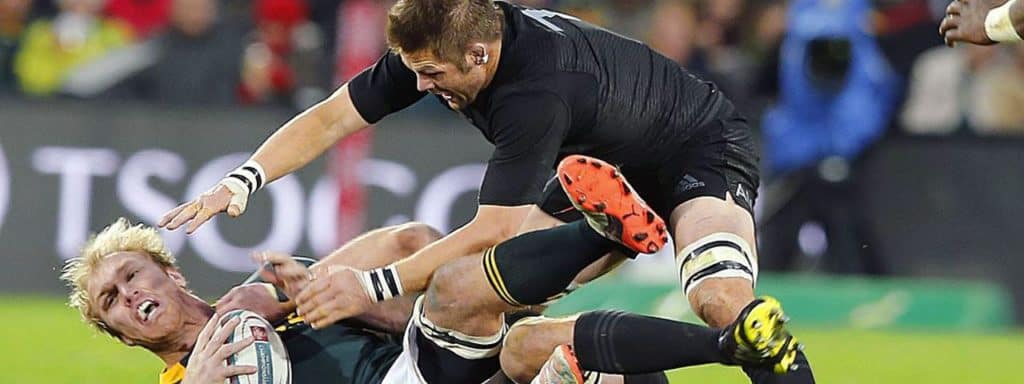
The roles of players in league and union have similarities but also differences. The props in league do not have to worry about scrummaging so they tend to be thinner and fitter and are much more offensive than union props. The hooker in league plays a role similar to a half back in union, delivering the ball from the base of the ruck.
The second rowers are much more offensive in rugby league and are much more all round athletes. In union they tend to be less athletic as they need to be so tall for the lineout and need to have specialized skills in the scrum. The loose forward in league tends to be a ball player which traditionally number 8s in union weren’t but in recent years they have added those skills to their arsenal.
The half back in league is actually more similar to the five-eighth as he is the first receiver of the ball from the hooker and runs the backline. Wingers and fullbacks tend to be similar in union and league however in union wingers and fullbacks have to play deeper to protect against kicks and be able to kick to win territory for their side. The centres are slightly different in league as they are split on either side whereas in union they both play on the same side.
Does Rugby League Have Lineouts?
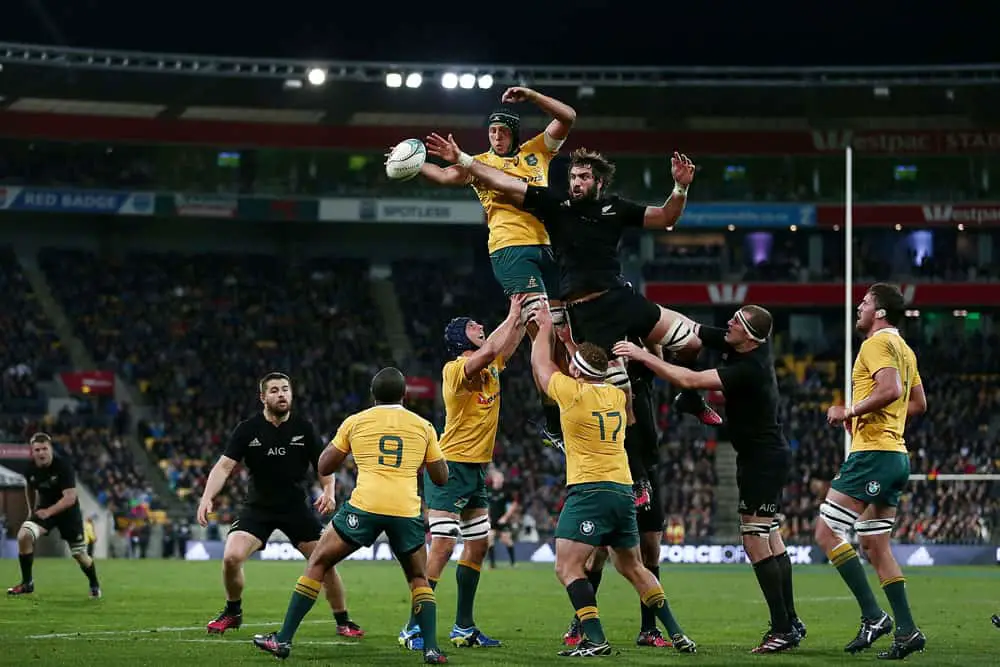
Rugby league does not have lineouts. If the ball goes out of bounds the team will take a tap near the sideline and play will resume with the attacking team receiving 7 tackles instead of the standard 6. The lack of lineouts in rugby league is a key difference to union.
In union if the ball goes out of bounds a lineout will occur. Where the two forward packs will stand in a line and the hooker will throw the ball between the two sides who will jump and try to win possession of the ball. In union a quick lineout is also permitted if the defending side is not near the point of the lineout. In a quick lineout a player can pass the ball backwards to his teammate without the formation of a standard lineout.
Does Rugby League Have Rucks?

Rugby league does have rucks but they are uncontested. In rugby league after a tackle is completed the defender has to release the attacker and allow him to stand and ruck the ball through his legs. Only two defenders are allowed to stand at the ruck.
The limit of the size of the ruck and its uncontested nature is a key difference between rugby and league and union. In union rucks are 100% contested and there is no limit to the amount of players who can join. You will often have rucks in union with the whole forward pack involved trying to drive and win possession. Due to this cleaning out where a player will crouch down low and drive his opposition away from the ruck is a key skill needed in union that does not exist in league.
Rucks were once contested in rugby league but it slowed down the play the ball which resulted in a less offensive game and less tries being scored. In an effort to make the game more exciting rucks were made uncontested. Union has also struggled to speed up the ruck but instead of making them uncontested they have created strict laws about forcing players to be on the feet at the ruck and making them roll away if they hit the ground.
Does Rugby Union Have Sets Of Tackles?
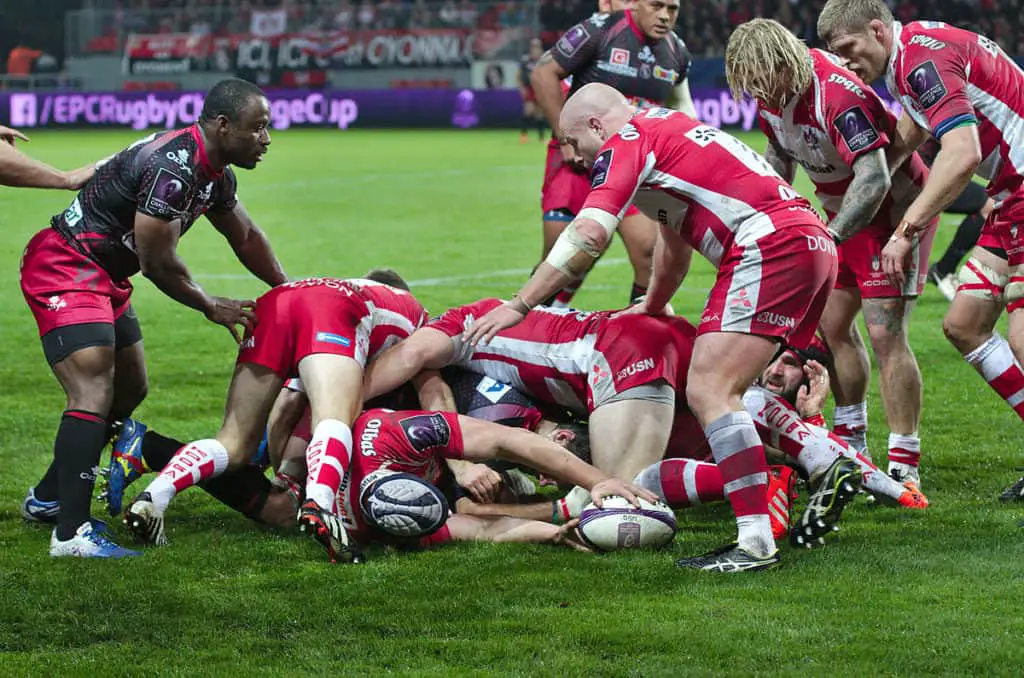
Rugby union does not have sets of tackles. In union the attacking time can hold possession for the entire game. Possession is only overturned after a penalty, knock on, score or out of bounds. This is in contrast to rugby league where teams are allowed 6 tackles per attacking session.
A key difference between league and union is the concept of sets. In league the attacking team is given a maximum of 6 tackles to score. If on the last tackle they are tackled by the defending side they have to hand over possession at the spot where they fell. This is why on the last tackle in league teams will often kick the ball in an attempt to improve their possession on the field.
The concept of sets does not exist in union. The attacking team has every right to hold onto the ball and continue probing the defensive side until the defending team can force a turnover. In union teams will often maintain possession of the ball for 20 + phases until they finally lose possession or score.
How Is Rugby League And Rugby Union Scored?
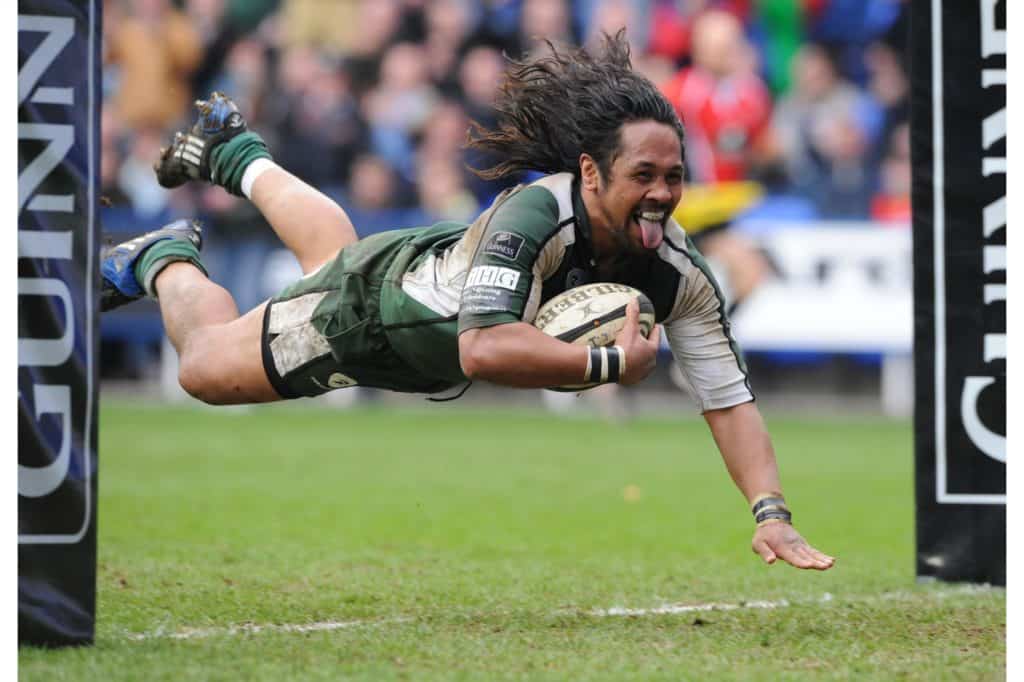
Rugby league and union have similar yet slightly different scoring systems. In league a try is worth 4 points while in union a try is worth 5 points. In union a penalty is worth 3 points while in league it is only worth 2 points. In league a drop goal is worth 1 point while in union it is worth 3 points. In both sports a conversion after a try is scored is worth 2 points.
The high points awarded for penalties and drop goals in union has drawn criticism from many fans who think they reduce the incentive for teams to score tries as 2 drop goals or penalties are almost worth the same as a converted try but are much easier to score. Some teams specialize in drop goals are able to build up big scores without even scoring a single try. Johnny Wilkinson was famous for crushing the hopes of opposition with his lazer like boot.
Conclusion
Rugby league and rugby union may be similar but there are enough small differences between the two sports which result in the games being quite distinct from each other. The major differences between league and union is the limit on attacking possessions, lack of lineouts, uncontested scrums and uncontested rucks in league. Union also has slightly more players than league (15 vs 13) and rewards tries and penalties slightly more (5 for try and 3 for penalty vs 4 for try and 2 for penalty).
